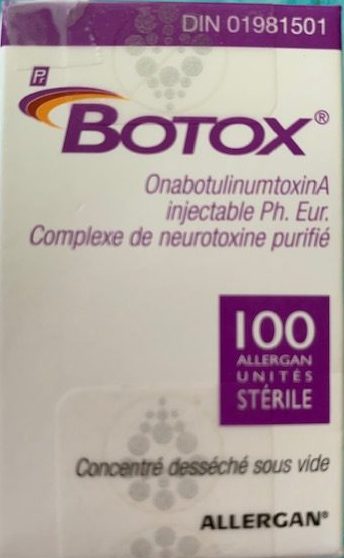Botulinum toxin A for dystonia and myofascial neck pain by Dr. Gordon Ko
https://caom.ca/wp-content/uploads/2020/09/Ko-botox-article-2020.pdf
OBJECTIVE: To assess and compare treatment bene!t, safety, and adjunct modality preva- lences of long-term BTX-A injections between CD and MPS patients.
METHODS: This study was based on Cochrane methodology for conducting a meta-analysis. Only randomized controlled trials with an experimental group that used PRP and a control group that received HA were eligible for this study. The participants were adults who had KOA. The outcome measures were the Western Ontario and McMaster Universities Osteoarthritis Index (WOMAC), the visual analog scale (VAS), the EuroQol VAS, the International Knee Documentation Committee, the Tegner score, the Lequesne Scale, the Knee injury Osteoarthritis Outcome Score, satisfaction rate, and adverse events. Subgroup analyses was performed for patients with different doses, types, and times of PRP interventions and grades of OA. The Review Manager Database was used to analyze the included studies.
RESULTS: Twenty-six randomized controlled trials involving 2430 patients were included. The WOMAC total scores, WOMAC physical function scores, and VAS scores of the PRP group were better than the those of the HA group at 3, 6, and 12 months. The PRP group had better WOMAC pain, WOMAC stiffness, EuroQol VAS, and International Knee Documentation Committee scores than the HA group at 6 and 12 months. There was no signifcant difference in adverse events between the 2 groups (relative risk 1.21, 95% confidence interval 0.95-1.54; P = .13).
CONCLUSIONS: For the nonsurgical treatment of KOA, compared with HA, intra-articular injection of PRP could signficantly reduce patients’ early pain and improve function. There was no signifcant difference in adverse events between the 2 groups. PRP was more effective than HA in the treatment of KOA, and the safety of these 2 treatment options was comparable.

LEVEL OF EVIDENCE: Level I, meta-analysis of Level I RCTs.